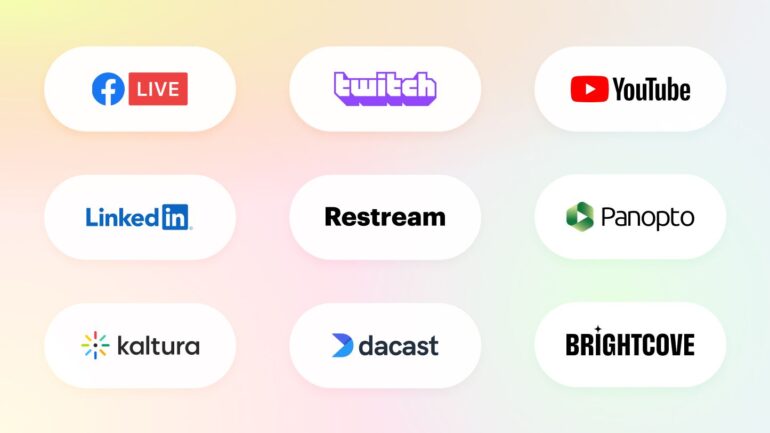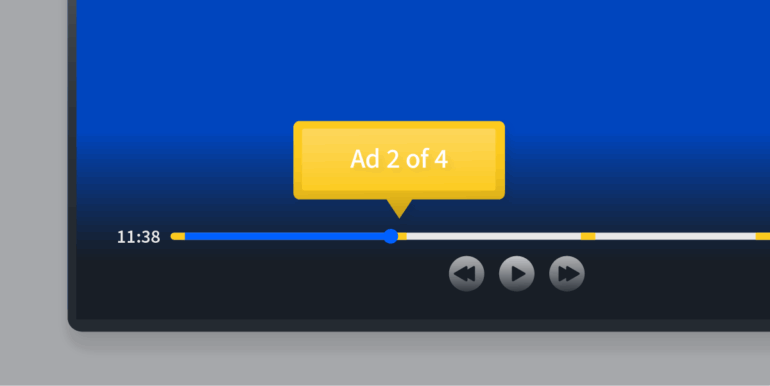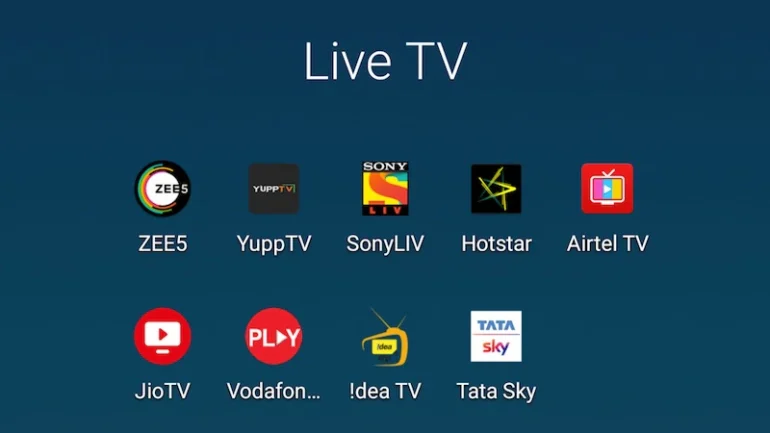Streaming entertainment doesn’t have to drain your wallet. While platforms like Netflix, Disney+, or Hulu dominate the market, not everyone can or wants to keep up with the growing number of subscriptions. Luckily, there are reliable alternatives that work across regions, devices, and internet connections without compromising on variety or quality.
Key Points
- Free streaming platforms (ad-supported) offer movies and shows legally.
- Open-source media apps allow you to manage your own content anywhere.
- Global-friendly apps extend streaming flexibility.
- Public libraries, live TV apps, and YouTube channels are underrated options.
- Smart downloading and offline viewing tools reduce reliance on subscriptions.
Why Look Beyond Paid Streaming Platforms?

The appeal of paid services is clear: original shows, vast catalogs, and polished apps. But the downsides are mounting—subscription stacking, regional restrictions, and rising monthly costs. For many households, the question isn’t whether they want entertainment, but how to access it affordably and universally.
Alternatives solve this by offering either free ad-supported content, public domain libraries, or versatile apps that sidestep location-based barriers. They don’t replace every feature of paid services, but they cover enough ground for casual and serious viewers alike.
Versatile Apps That Work Across Regions
Some of the best alternatives come in the form of apps designed with accessibility in mind. These apps let users manage and play content without being tied to one region or subscription model.
For example, Seal APP has built a reputation for giving people more freedom with their entertainment choices. Instead of being locked into one platform, users can aggregate, organize, and stream content on their own terms. This type of solution is especially useful for travelers, expats, or anyone frustrated with regional blocks. The emphasis is on flexibility—you bring your content, the app makes it accessible everywhere.
Free Ad-Supported Streaming Platforms

Not all free streaming is shady or low-quality. In fact, many legitimate services offer movies and shows at no cost, supported by ads. These platforms are growing fast as viewers demand affordable options:
- Tubi – A massive library of films and TV shows that works globally with minimal sign-up requirements.
- Pluto TV – Simulates live television with themed channels, from comedy to sports, and is available in multiple countries.
- Crackle – Sony-backed, long-standing free service with rotating movie collections.
These services require nothing more than a stable internet connection and a tolerance for occasional ads—making them easy replacements for casual streaming.
Public Domain and Library Resources
Another overlooked resource is public domain content. Websites and apps curate classic films, documentaries, and educational materials that can be accessed worldwide. For example, platforms like Internet Archive or Kanopy (often tied to local libraries or universities) deliver thousands of hours of free streaming.
This option particularly appeals to fans of old cinema, indie documentaries, or those interested in niche genres. It’s not blockbuster-heavy, but the value lies in the depth and rarity of its collections.
YouTube as a Multi-Faceted Alternative
Many people think of YouTube only for short clips, but it has matured into a serious competitor to traditional streaming. Entire channels are dedicated to full-length movies, live sports commentary, or curated series. Independent creators also release original productions, sometimes rivaling what you’d find on subscription platforms.
The global reach of YouTube means content is available virtually everywhere. Its recommendation system also personalizes the experience in a way paid platforms sometimes struggle to achieve.
Live TV and Network Apps

Cable-cutters don’t have to miss out on live TV. Many networks provide free apps with live and on-demand streaming. Examples include:
- News outlets offering 24/7 live streams.
- Sports leagues with highlights and delayed broadcasts.
- Regional channels with drama series and cultural content.
While not always consolidated like Netflix, these apps give you direct access to specific types of content without monthly costs.
Smart Downloading and Offline Viewing
A final strategy for avoiding multiple subscriptions is to use apps that allow efficient downloading for offline playback. Even YouTube and Spotify now offer partial offline features. For those who travel often or face unreliable connections, this makes entertainment portable without depending on costly subscriptions.
Combining downloads with open-source players (like VLC or Kodi) ensures that your collection works anywhere, on any device.
Final Thoughts
Paid streaming services still have their place, especially for exclusive shows or big releases. But alternatives are becoming too powerful to ignore. Free platforms, open-source apps, global-friendly tools, and overlooked gems such as library streaming all combine to create an ecosystem where you don’t need to be locked into rising subscription bills.
Entertainment should be about choice, not limitations. By mixing these alternatives, viewers can build a personalized setup that works everywhere, is budget-friendly, and doesn’t sacrifice variety.
